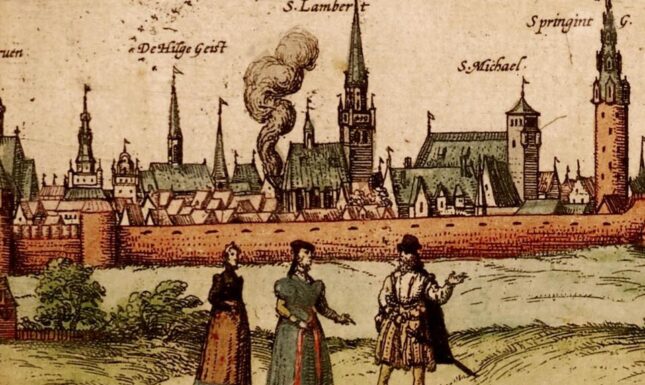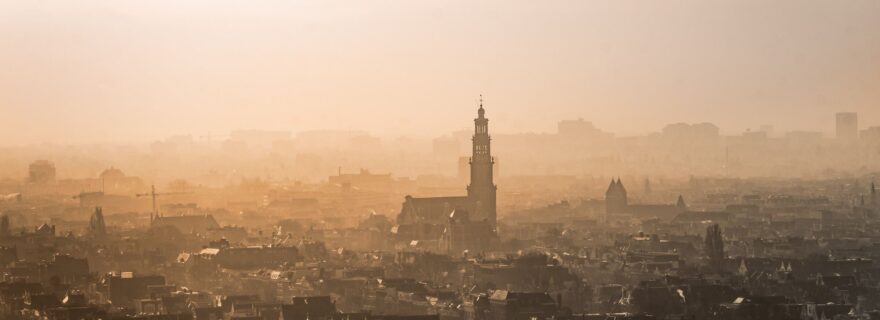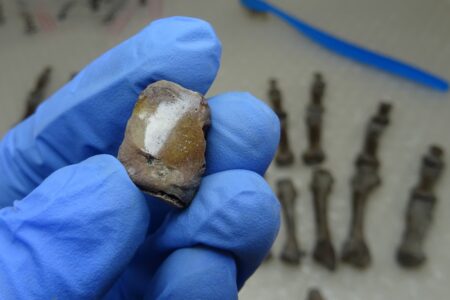Breathing in Cities: A Closer Look at Dutch Urbanization and Health History
For centuries, urbanization has been a defining characteristic of the human civilization. As urban areas expanded and evolved, so did the lives of the people living in them. My research delves into an often overlooked aspect of the phenomenon: the impact of urbanization on human respiratory health.
Throughout human history, the shift from rural to urban living has been marked by profound changes in society, culture, technology, and health. While urbanization has brought numerous advancements, it has also had a significant impact on human wellbeing, particularly concerning respiratory diseases and chronic exposure to air pollutants.
Historically, assessing these enduring issues has proven challenging, as existing records often struggle to gauge the extent to which urbanization impacted individuals on a personal, embodied level. Osteoarchaeology, the study of human skeletal remains from archaeological sites, integrates information from bones (such as sex, age, and disease) with cultural, social, and economic aspects of a person’s living environment. This approach provides a unique method of reconstructing past lifeways, and in my case allows me to investigate how living in urban versus rural environments influenced the prevalence of certain respiratory conditions (sinusitis, otitis, and pulmonary infections) across various time periods in the Netherlands.
Surprising findings
Normally, we tend to assume that prevalence rates of respiratory infections are higher in urban populations than in rural ones, because of the increased population density and more frequent exposure to pollutants and pathogens that are commonly associated with urban environments. However, the results of my study did not show a clear distinction between urban and rural environments at any point in the researched time periods (i.e., early-middle ages, late-middle ages and early-modern period). In other words, there was no significant correlation between living in a city and the presence of skeletal lesions associated with respiratory disease. This means that people's respiratory health was equally challenged regardless of where they resided, whether it was a bustling city or a rural village.
Surprisingly, most significant changes in respiratory health occurred in both cities and countrysides between the early-medieval and late-medieval periods. As cities began to grow in the 13th century, rural production developed alongside to satisfy the urban demand, slowly turning into the big, intensive reality we know today. What I observed on the bones of almost 700 skeletons is indicative of the fact that, just as urbanization affected rural economies, it may have also affected rural respiratory health.


The role of weather
Different prevalence rates of specific conditions may also indicate the role of weather and climate in the respiratory health of past populations. For example, otitis rates were found to be somewhat higher in rural samples, possibly due to rural residents spending more time outdoors during the coldest and rainiest months. Over time, however, the rates of otitis decreased, implying that factors such as intensification of agriculture and urbanization might have brought about changes in risk factors for ear disease, such as reduced time spent outdoors or the adoption of better technologies to protect against the cold.
A new history of urbanization(s)
With my research, I aim to highlight the significance of perceiving urbanization as an ongoing process rather than a standalone event, with continuous implications for human health throughout the centuries. I believe that my findings provide a fresh perspective on the impact of urbanization on human health, showing how intricate and connected our shared human experiences really are. For me, it serves as a reminder that history is not a linear progression, but rather a multifaceted interplay involving factors such as the living environment, social dynamics, and economic changes.
Curious for more? Read the whole paper.






0 Comments
Add a comment